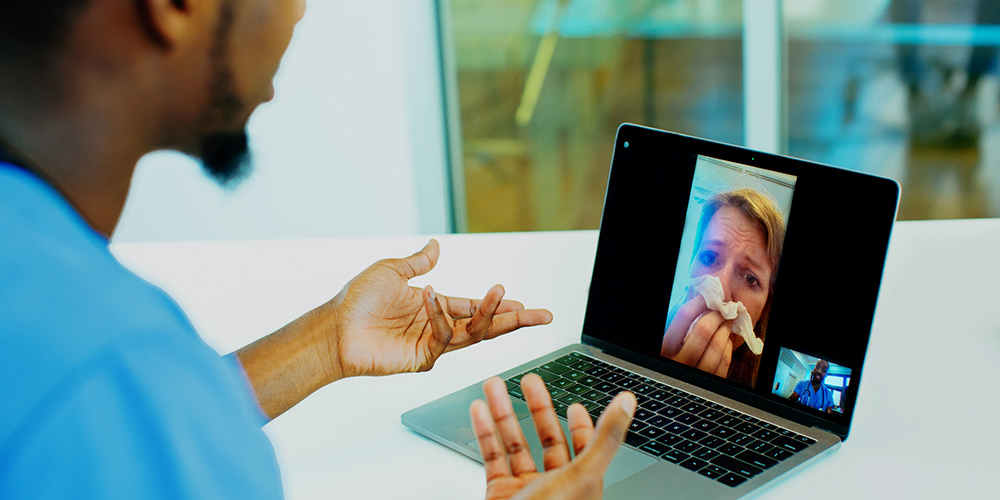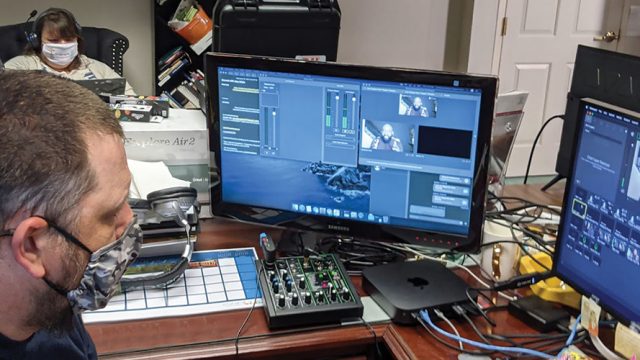An expert shares tips to assist patients before, during, and after online appointments.

With a majority of the world’s population following the stay-at-home orders in their countries, many people have turned to video visits to connect with their physicians. These visits have become the new normal for getting regular checkups, but they aren’t new.
In the United States, video communication for medical purposes dates back to 1964, when clinicians at the University of Nebraska established a two-way television connection with a state hospital to perform video consultations.
“The idea is by no means new, but current technology has made it easy to go online and talk to a doctor face-to-virtual-face,” said Dan Reichert, medical director for the department of family medicine at Loma Linda University Health, a Seventh-day Adventist health-care institution in Loma Linda, California United States.
“[At Loma Linda], virtually all services are available through video visits, so patients who have been waiting to see their providers don’t have to worry about rescheduling. We’re here to continue providing care,” he reported.
Reichert said video visits not only let you see your provider from the comfort of your home but can give patients the chance to see their usual provider and receive the same personalized care they would during an in-person visit.
“It can be a bit scary, since it’s a new thing for most people, but we’re still here, ready and able to work with our patients,” he said.
In this time of high medical anxiety, Reichert shared his tips for success before, during, and after your video visit.
Before the Appointment
Before the appointment, make a list of the issues you want to address to ensure you get the answers you want from the visit.
“Even for in-person visits, I always recommend writing down the issues you want to address,” Reichert said. “If you come prepared with the questions you want to be answered, your provider can make sure they are all addressed in the appointment.”
If you have a specific health concern, Reichert recommends keeping a journal of your symptoms leading up to the visit to help provide insight into what might be causing your condition.
“A brief record of when symptoms occur, what seems to trigger or worsen them, and what alleviates them can help providers get to the bottom of the issue,” he said.
Take photos of obvious symptoms, such as bites, moles, rashes, and other skin issues. “You can help your doctor understand how quickly something like a rash or skin reaction is spreading by drawing a circle around it with a pen,” Reichert said.
During the Appointment
Find a quiet location with good reception to receive your doctor’s video call. Be sure to read your provider’s instructions on how best to use a video visit, and make sure you’ve disabled any spam blockers or functions that may reject the call.
Reichert also recommends using at-home health equipment to your advantage, such as a bathroom scale or a home blood-pressure monitor. This could help your doctor assess your situation. “This is especially important if you’re being treated for a specific condition — if you think you have a fever, have an oral thermometer on hand, or if you have diabetes, have a glucometer.”
After the Visit
Once the visit is over, your provider will talk you through the next steps. These could include picking up their electronically prescribed medication or scheduling a follow-up appointment if needed.
“Your provider can follow up with you virtually if they have any more information to provide or feel you need a more urgent in-person visit,” Reichert said. “They can refer you to the experts you need and help ensure you’re getting the care you need.”
The original version of this story was posted on the Loma Linda University Health news site.








